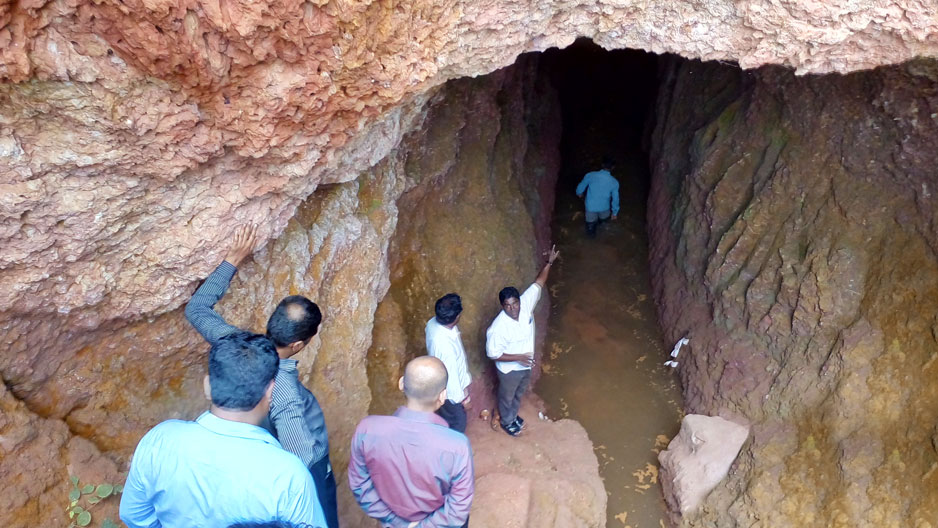After the innovative QR codes installed in the city’s heritage monuments and artefacts to promote tourism, the discovery of the ancient underground canals comes as yet another feather in the cap for Bidar, the heritage city in Karnataka. The underground watercourses, known as the Qanat or Karez system canals, were built by the Bahmani rulers in the 15th century, under the expert advice of Persian engineers, to overcome the challenges of drilling wells due to the rocky terrain. The gently sloping channels with a series of vertical access shafts were used to transport water from an aquifer under a hill for use by the civilian settlements and the garrison inside the Bidar Fort.

There are seven Karez lines around Bidar, all of which drain into the royal enclave inside the Bidar Fort. While the Karez lines in cities such as Gulbarga and Bijapur run to around 400 m, each line in Bidar runs to 3 km and have several vents.
A study conducted by the Indian Heritage Cities Network Foundation led by Valliyil Govindan Kutty, a geographical expert from Kerala, and M Labaff Khaneiki, a groundwater expert from UNESCO’s International Centre for Qanats and Historical Hydraulic Structures, revealed that if the Bidar Karez is systematically revived, it has tremendous potential to provide a perfect solution to the city’s water scarcity and improve the water table.
Rotary steps in
The Rotary clubs of the city led by RC Bidar swung into action to create awareness among the people and evacuate illegal occupations of land surrounding the Karez lines, with support from the District Administration. Heritage walks, marathon, seminars on Karez system were organised to sensitise people about the significance of the structure and rope in their cooperation in making the subterranean canals functional. The Deputy Commissioner Anurag Tewari released a grant of Rs 5 crore for the operation.
With the Rotarians coordinating with the government officials, work commenced to revive one of the Karez lines in Naubad village near the city. Tons of debris, mud and silt clogging the vents were cleared; two months later water gushed out of this system one day. It was a celebration for the villagers of this drought-prone area. Of 23 vents, 13 have been cleared so far. The mother-well has 60 ft of water and is interconnected to several surrounding wells. On testing, the water was certified good for consumption. It is being used for domestic and irrigation purposes by this largely agrarian community.
The rejuvenation of this system will fetch the city a UNESCO heritage site status too, says club president Dr Khaja Mohteshamuddin. The State government proposes to promote the Karez or the Surang Bavi system as it is referred locally, into an international tourist attraction.





